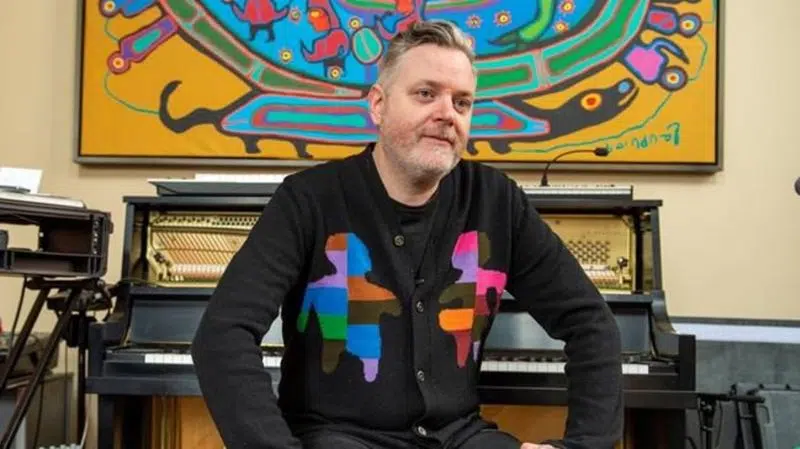
Documentary shows legal battle over authenticity of alleged fake Morrisseau piece
A long legal battle over the authenticity of a painting purportedly by the renowned Indigenous artist Norval Morrisseau will have “ripple effects” on how people buy and sell art in Canada, the man behind the case said as a documentary on the saga is set to make its television debut.
Kevin Hearn, the Canadian musician who successfully sued a Toronto art gallery over the painting, said he also hopes the film, called “There Are No Fakes,” will encourage more people to educate themselves on Indigenous art and artists and how they are treated.
“I feel there’s a strong theme of reconciliation in this story. I believe if we’re going to try to have truth and reconciliation (with Indigenous peoples), these are the kinds of stories we need to hear and talk about,” he said in an interview this week.
Hearn, a member of the rock band The Barenaked Ladies, said he first took legal action against the Maslak-McLeod Gallery and its late owner because he felt “ripped off” after learning the piece he had bought — a painting titled “Spirit Energy of Mother Earth” — had been flagged as a fake.


